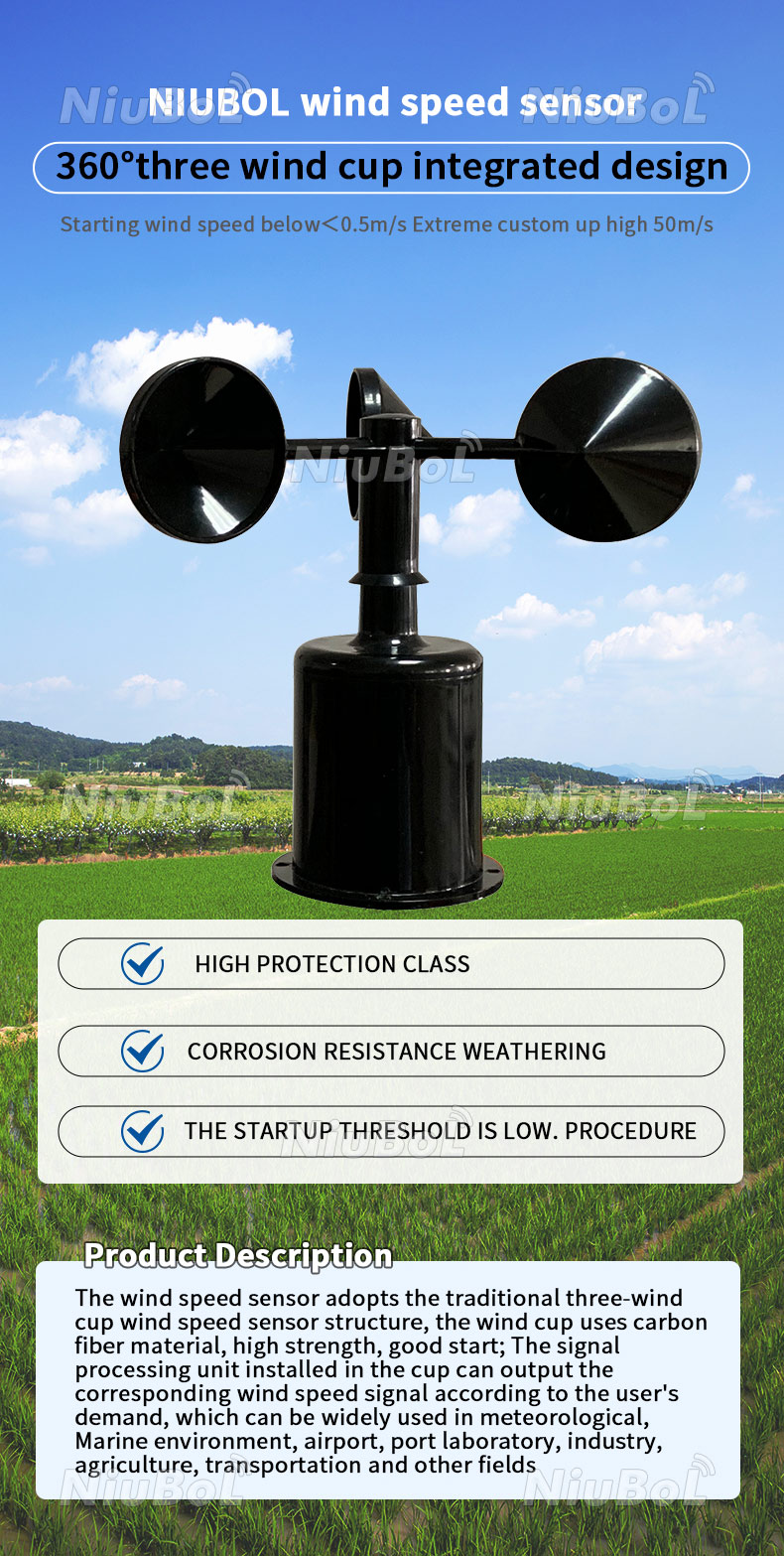Choosing the Right Anemometer: A Comprehensive Buying Guide
Choosing the Right Anemometer: A Comprehensive Buying Guide
Blog Article
Checking Out the Functions and Advantages of Anemometers for Weather Condition Fanatics and Professionals
Anemometers stand as important devices in the realm of weather monitoring, satisfying both enthusiasts and seasoned professionals alike. These gadgets provide a window into the dynamic globe of wind patterns and rates, providing indispensable data for meteorological analysis and projecting. From mug anemometers to sonic anemometers, each type brings its one-of-a-kind collection of benefits and applications, shedding light on various facets of atmospheric conditions. As we dive right into the functions and benefits of anemometers, a much deeper understanding emerges not just of dominating weather condition phenomena yet additionally of the wider implications for sectors like wind energy manufacturing and ecological research.
Relevance of Anemometers in Weather Condition Monitoring
Anemometers play a critical role in weather condition surveillance by giving accurate measurements of wind rate, assisting in forecasting and understanding weather condition patterns. These instruments, varying from typical cup anemometers to contemporary ultrasonic anemometers, are crucial for meteorologists, researchers, and weather enthusiasts alike.

Kinds Of Anemometers and Their Applications
The most usual types of anemometers consist of cup anemometers, vane anemometers, hot-wire anemometers, and ultrasonic anemometers. Mug anemometers consist of 3 or four mugs installed on straight arms that turn with the wind, gauging its speed. Vane anemometers, on the various other hand, make use of a freely revolving vane to line up with the wind instructions, providing both wind rate and direction measurements.
Each kind of anemometer has its distinct benefits and applications. Cup anemometers are appropriate and durable for general climate monitoring, while vane anemometers are preferred for directional dimensions. Hot-wire anemometers are sensitive to reduced air velocities, making them suitable for indoor atmospheres. Ultrasonic anemometers are non-intrusive and supply high precision, commonly used in research study and specialized climate monitoring applications. Comprehending the characteristics and applications of each kind of anemometer is vital for selecting the most proper tool for specific weather condition monitoring needs.
Advantages of Utilizing Anemometers in Projecting
In meteorology, the use of anemometers uses vital benefits for improving the accuracy of weather forecasting. Anemometers gauge wind rate and instructions, supplying important data for predicting weather patterns. By including wind information into forecasting versions, meteorologists can much better comprehend the movement of weather systems, anticipate adjustments in weather, and problem extra exact projections.
Additionally, anemometers play an important role in analyzing possible weather condition dangers. Keeping track of wind speeds aids forecasters anticipate severe climate events such as hurricanes, hurricanes, and wintertime storms with better accuracy. This very early warning system makes it possible for authorities to provide timely informs and execute essential security measures, lowering the risks to life and description residential or commercial property.
Additionally, anemometers assist in maximizing sustainable power production. By examining wind patterns, meteorologists can identify appropriate locations for wind farms and forecast energy outcome, adding to the effective generation of wind power.

Anemometers in Wind Power Manufacturing
Given the vital duty anemometers play in giving accurate wind data for weather condition projecting and threat assessment, their importance prolongs to the world of wind power manufacturing. Anemometers are essential instruments in the field of wind energy, where the dimension of wind rate and instructions is critical for determining the expediency and effectiveness of wind turbine setups. By properly gauging wind rates at differing elevations, anemometers aid maximize the positioning and layout of wind generators to make the most of energy output.
In wind farms, anemometers are strategically placed to gather real-time wind data that is used to assess the potential power manufacturing of a website. This information contributes in figuring out the economic practicality of wind energy projects and in forecasting power generation to make certain grid security. Furthermore, anemometers aid in keeping track of wind conditions to maximize generator performance, avoid damage from high winds, and make certain the safety and security of employees working in the vicinity of wind generators.
Enhancing Climate Comprehending With Anemometers

Anemometers play a crucial duty in improving our understanding of microclimates. These local weather can differ significantly from broader local projections, making it vital to have exact information for certain locations. anemometer. By tactically placing anemometers in various areas, scientists can collect comprehensive information on how wind acts in various terrains, urban environments, or bodies of water
In addition, anemometers add to enhancing weather condition forecasting versions by supplying real-time data on wind behavior. This details is especially important for predicting extreme weather condition events, maximizing agricultural practices, and sustaining markets like aviation and maritime navigating. In general, anemometers are invaluable tools that enable us to dive deeper into the intricacies of weather systems, inevitably check out here resulting in more precise predictions and better-informed choices.
Final Thought
In conclusion, anemometers play a vital duty in weather tracking and forecasting by gauging wind speed and direction. Anemometers likewise have applications in wind power manufacturing, further highlighting their importance in both weather forecasting and eco-friendly energy fields.
From mug anemometers to sonic anemometers, each type brings its distinct set of applications and benefits, losing light on numerous facets of atmospheric conditions. These instruments, ranging from conventional mug anemometers to contemporary ultrasonic anemometers, are crucial for meteorologists, researchers, and weather enthusiasts alike. The most typical types of anemometers include cup anemometers, vane anemometers, hot-wire anemometers, and ultrasonic anemometers. Cup anemometers are suitable and durable for basic weather monitoring, check here while vane anemometers are favored for directional dimensions. Anemometers are essential instruments in the field of wind power, where the dimension of wind rate and direction is vital for establishing the usefulness and performance of wind generator setups.
Report this page